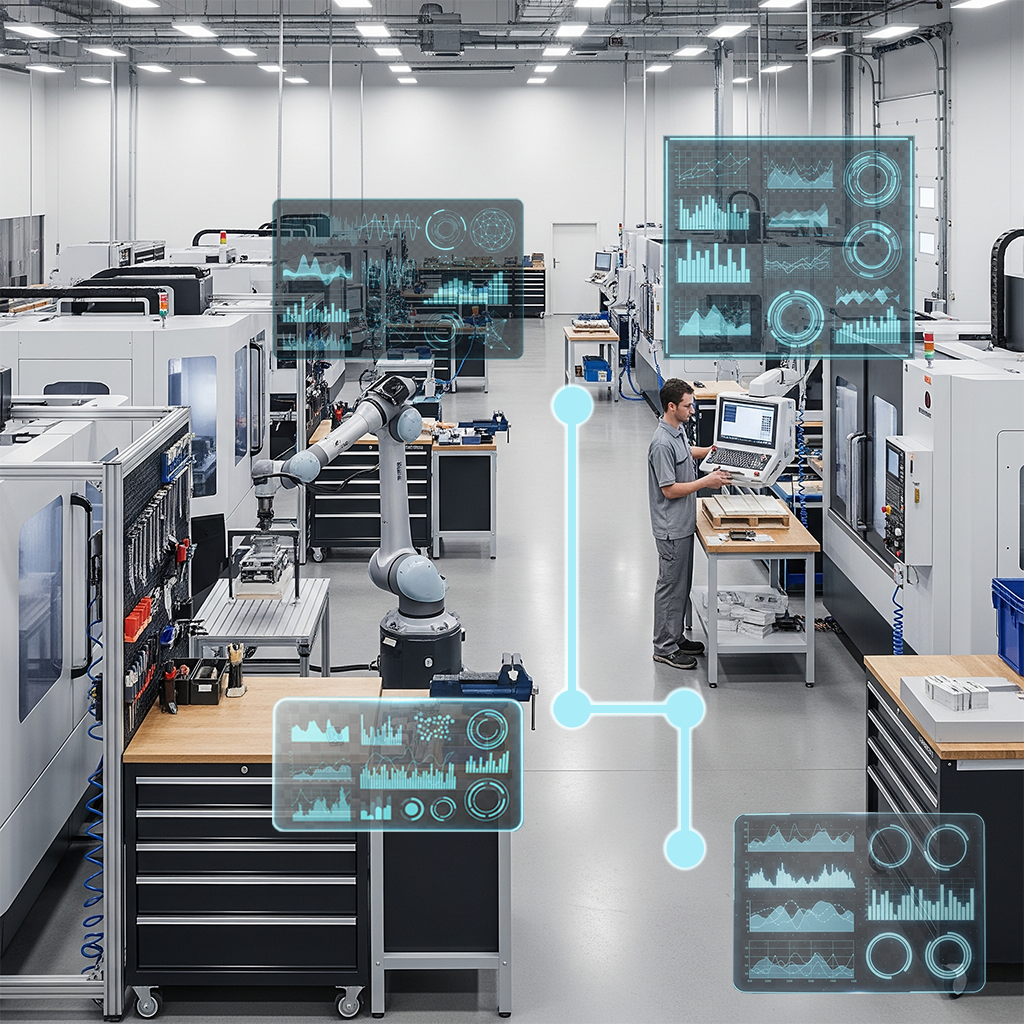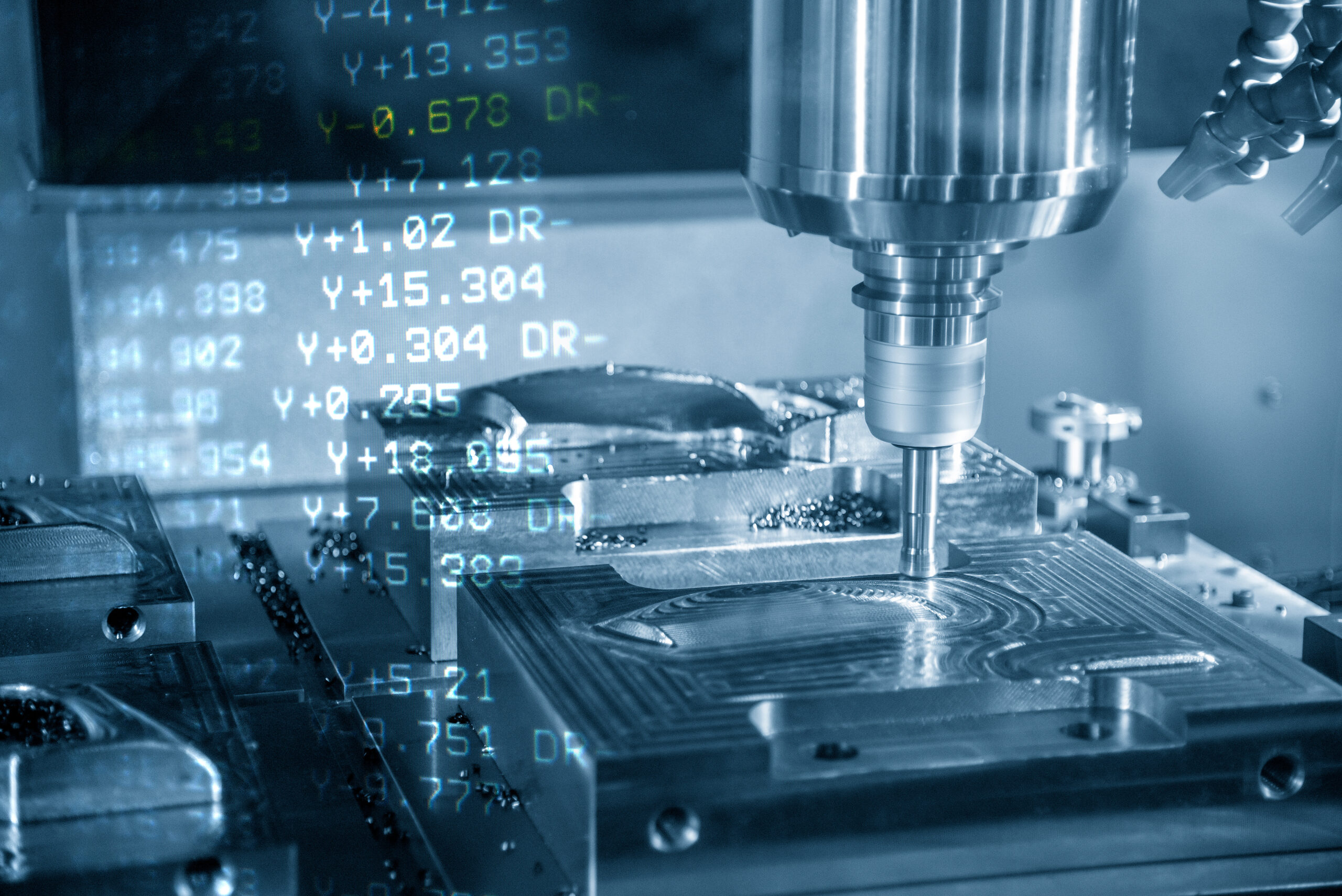
Why Tool Management Software Fails in the Real World
Machine shops are spending fortunes on powerful TMS solutions that never get fully implemented. It’s time to stop buying complexity and start using a solution actually built for the shop floor.

Machine shops are spending fortunes on powerful TMS solutions that never get fully implemented. It’s time to stop buying complexity and start using a solution actually built for the shop floor.

Every machinist has lived it – long nights, last-minute reprogramming, the job that should have been simple but turned into a fire drill. The machine is running, but the operator is juggling notes, trying to remember what worked last time, hoping today goes smoother than yesterday.
This cycle of reinventing the wheel is not only inefficient but also costly. The antidote is a disciplined approach to a task many overlook: meticulously tracking your work. This isn’t just about paperwork; it’s about building a library of knowledge that drives quality, streamlines preparation, and future-proofs your operations.

Every machinist knows that no two jobs are ever exactly the same — but the best ones don’t start from zero either. The shops that stay on schedule and on budget aren’t just working harder; they’re working from what already worked.

In any machine shop, the pressure is constant. Customers want high-quality parts, tight deadlines, and competitive pricing. In the daily rush to make chips and ship products, it’s easy to fall into a cycle of “just get it done.” A complex job comes in, the team scrambles, relies on memory, and solves the problem. Weeks later, a nearly identical job arrives, and the same scramble begins all over again. Sound familiar?
This cycle of reinventing the wheel is not only inefficient but also costly. The antidote is a disciplined approach to a task many overlook: meticulously tracking your work. This isn’t just about paperwork; it’s about building a library of knowledge that drives quality, streamlines preparation, and future-proofs your operations.

job planning is the comprehensive process of determining the most efficient, cost-effective, and practical method for manufacturing a specific part or component. It is the crucial strategic step that happens after a design is finalized and before any metal is cut.
It is the systematic determination of the most efficient and economical sequence of operations required to produce a part that meets all engineering specifications. Essentially, it’s the detailed roadmap that guides a component’s journey from a block of metal to a finished product.

In the fast-paced world of machining, where precision and efficiency reign supreme, the concept of continuity is no longer a luxury – it’s a fundamental pillar of success. Building upon the ideas discussed in our previous article, “Of Knowledge Management,” we now delve deeper into the critical role of seamless continuity, particularly concerning work processes and the invaluable information that fuels them.

The manufacturing world is on the cusp of another transformative shift. While Industry 4.0 brought us smart factories, automation, and the Internet of Things (IoT), Industry 5.0 is poised to take this a step further by emphasizing human-centricity, personalization, and sustainability. This new era is not about replacing humans with machines but rather about creating a collaborative environment where humans and machines work together to achieve greater efficiency, creativity, and innovation.

We previously looked at Industry 4.0. This article will provides a more comprehensive and insightful analysis of the role of Industry 4.0 and MachiningCloud in the modern manufacturing landscape.

Let’s delve into how MachiningCloud digital tools optimize tool selection, analyze machining data, and facilitate collaboration to minimize waste, reduce energy consumption, and maximize resource utilization.

The hum of machinery and the scent of oil are hallmarks of a busy machine shop. But in today’s digital age, reliance on paper trails and siloed information is a recipe for inefficiency. Machine shops that don’t embrace digitization risk falling behind.
Traditionally, data resided in blueprints, handwritten notes, and scattered spreadsheets. This fragmented approach makes it difficult to track progress, identify bottlenecks, and optimize workflows. The future of machining is electronic.